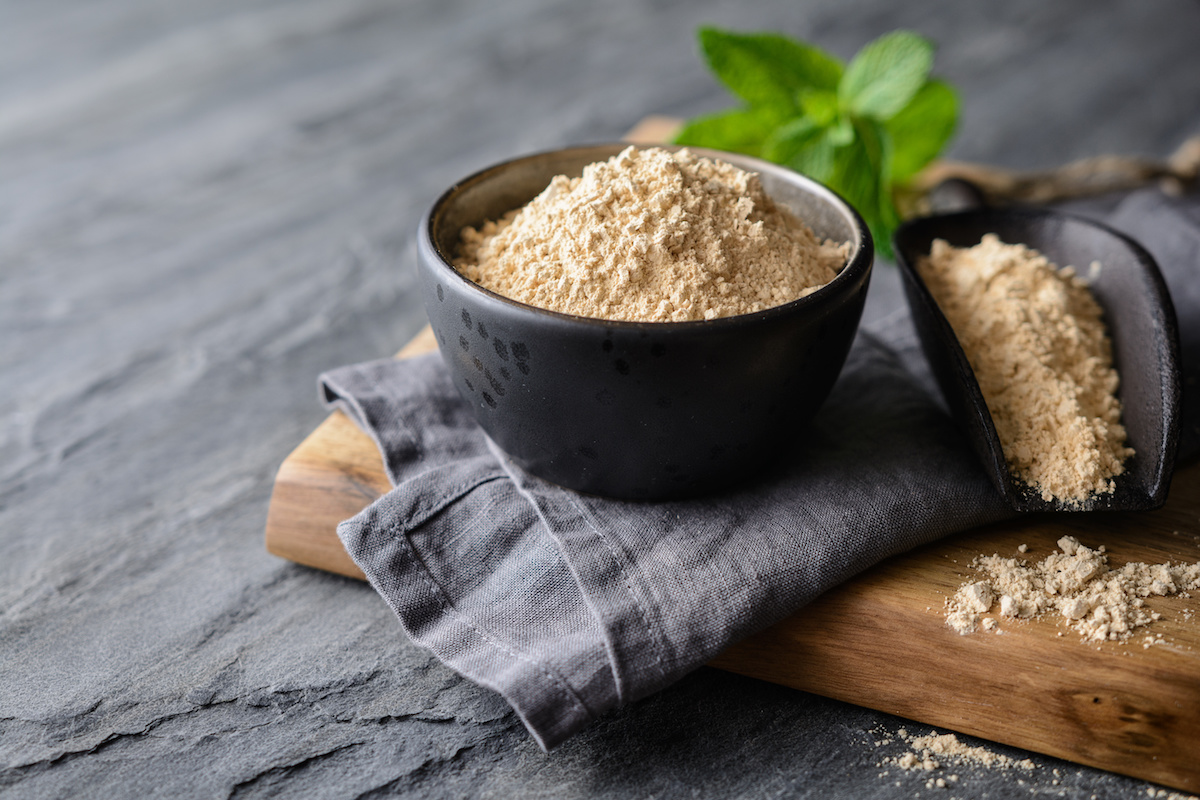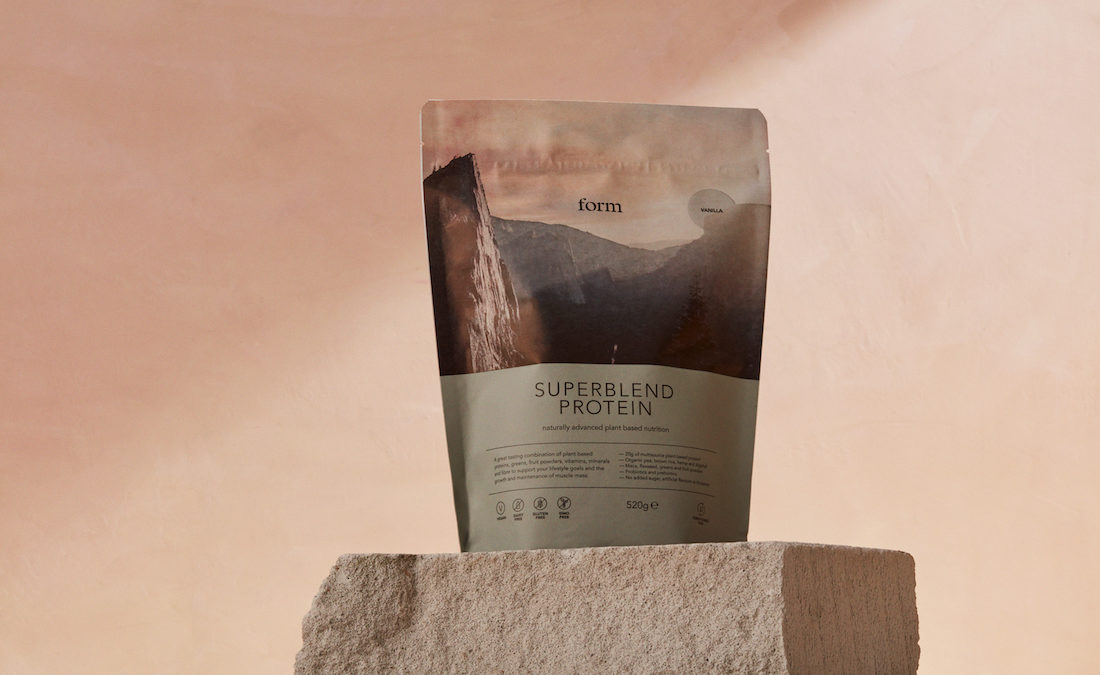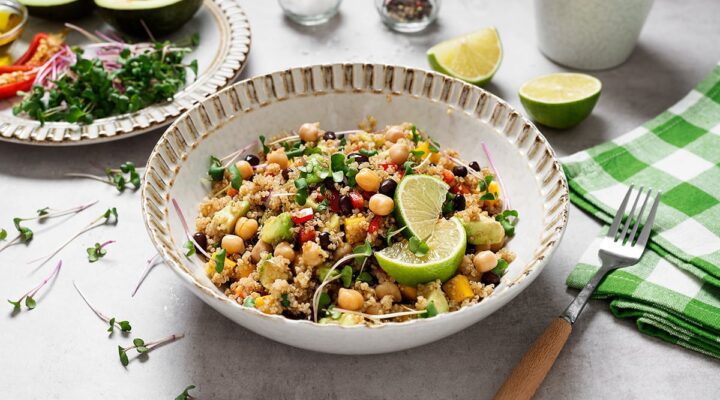Maca Root: The Ancient Herb You Really Need to Add to Your Superfood List

From goji berries and spirulina to kefir and turmeric, superfoods have been all over the health food shop for some time now. Another one gaining traction though, and certainly worthy of a spot in the superfood pantheon is maca root.
An adaptogenic herb (a select group of plants that support the body’s natural ability to deal with stress), the maca root plant is native to South America, particularly the Andes in Peru. It looks a bit like a shrivelled turnip, has an earthy, nutty taste, and is usually taken as a supplement, either in the form of a pill or as a powder.
As with many adaptogenic herbs, it’s been used in healing processes for centuries, but its place in health stores has only really been secured in the last couple of years. If you’re yet to try it (if you’ve had our Superblend vegan protein powder then you definitely have) or just interested in how it can benefit your day-to-day, here’s our summary on what you need to know.

Maca Root Benefits
First up, what is maca root actually good for? Well, it raises your libido for one. A review from 2010 that included four studies with a total of 131 participants found evidence that maca improves sexual desire after at least six weeks of ingestion.
A 2015 study went on to show how taking maca twice daily for 12 weeks could also slightly help with sexual dysfunction in women taking antidepressants, as a 2008 study found the consumption of maca could improve a number of psychological symptoms in women, including anxiety and depression.
These mental benefits could be a result of the high amount of flavonoids present, which have been commonly linked with positive mental health when tested in other superfoods (green tea for example).
People also report a profound effect on their energy levels when taking maca root. A pilot study in 2009 found that using maca extract for 14 days significantly improved performance for male cyclists in a 40-km time trial for example.
Moving beyond all the studies, maca root is packed with good nutrients that you should be feeding yourself with anyway. It’s particularly high in vitamin C, copper, and iron, the latter of which, coincidentally, is super important for helping sustain your energy levels.

The Different Forms
You’re most likely to find maca in the UK and US in powder form, as it’s pretty tricky to get fresh. The yellowy-brown dust that comes as a result of grounding the vegetable is then either put in a capsule and taken as a supplement or sprinkled over breakfast bowls and blended with smoothies.
The actual root can be eaten as a food in either raw or cooked form. Roasted maca has a very strong flavour that can be quite overwhelming when put in a dish with other veg so proceed with caution if you do get your hands on it fresh.
It’s safe to eat raw though, and most powders used the root uncooked. However, in its traditional usage, it is always cooked before eating. Maca root is made of a series of complex starches which are difficult for your body to break down you see so the belief is that cooking can help you digest the food.
Most people shouldn’t suffer digestive issues with maca root though, especially those who eat raw veg anyway. But if you are having some issues, at least the starch content could provide some explanation.
If the taste isn’t to your liking then look to maca in pill form, as there is little or no taste and the root can be ingested quickly and without any food preparation. Or simply try Form’s Superblend. The taste of the maca is imperceptible due to the flavouring and sweetener, while the dual-energy and nervous system boost you get from the addition of another superfood, spirulina, helps you feel your best for the day ahead.



















